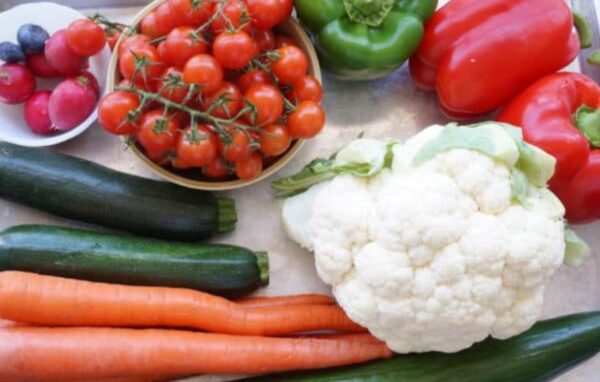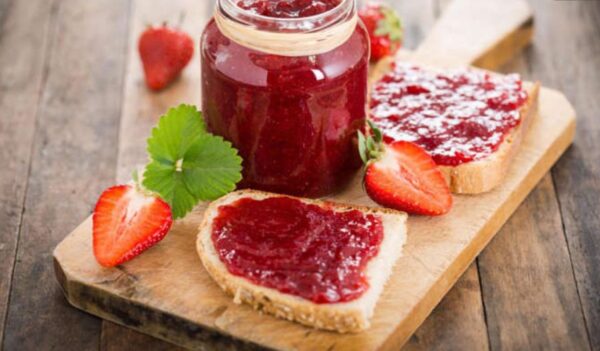Lifestyle
10 clever ways to eat healthy on a budget

A lot of people are put off healthy and organic foods because of how costly they can be when compared to fast foods and packaged foods.
But it’s possible to eat healthy on a budget. Follow these simple hacks to reduce your food bill and your calorie intake.
1. Buy whole foods over processed foods
Often, whole foods tend to be cheaper than their processed counterparts. For example, it’s usually cheaper to buy an apple than a can of sliced apples in syrup. Or it can be cheaper to buy a bag of raw nuts than nuts that have had flavoring added to them. Try to stick to whole foods without all the bells and whistles of processing that usually increase the price and the calories.
2. Choose foods that are cost-effective all year round
Some foods are only affordable during certain seasons. Usually, foods that are out of season tend to be more expensive because they have to be imported from elsewhere. Try to stick to foods that are in season, as these are less likely to have preservatives. And also look at foods that are cost-effective all year round, like bananas.
3. Plan your meals and prepare food ahead of time
Planning your meals can be a life-saver. This allows you to make the best decisions possible when you’re in the right frame of mind. The alternative, cooking when you’re hungry or in a rush, often results in you using foods that are tasty and quick rather than those that are healthy. By planning ahead, you can also learn to incorporate meals that are nutritious.
4. Never shop hungry
The old saying is true—never shop hungry! You’ll end up with a bunch of food you don’t need, is not good for you, and isn’t cheap. Instead, implement a rule that you never stray from the grocery list. Plan your grocery list after doing a little research on what the best, healthiest, and most affordable ingredients are. And stick to that list.
5. Cook in bulk
According to Healthline, cooking in bulk is a great way to save. You can often acquire foods for cheaper in larger quantities, particularly from retailers like Costco. Cooking in bulk also means you’ll have plenty of quality food, so you won’t be tempted to quickly order takeout or gorge on junk food.
6. Use your leftovers
Never throw away your leftovers. If you’re already cooking healthy meals, then those leftovers should never go to waste. There are lots of creative ways to use leftovers, such as putting them into stews and casseroles. This will allow you to get the absolute most out of everything you make without having to spend unnecessary money buying more.
7. Stock up on foods when there’s a sale
Be strategic with your shopping list and keep an eye out for food sales. When healthy staples in your house go on sale, don’t be afraid to stock up on them. As long as they don’t expire in an unreasonable amount of time, this can lead to major savings in the long run.
8. Grow your own foods
Growing herbs, fruit, and veggies from seeds can be the most cost-effective way of acquiring them. When you’ve got your own supply in the garden, you don’t have to worry when the prices of these healthy ingredients rise! It can also be surprisingly easy to grow your own garden of produce, and there are endless free guides and videos online to help you.
9. Reduce your meat intake
While a vegan diet isn’t for everyone, nutritionists do advise against consuming an overload of red meat. Red meat also happens to be one of the most expensive ingredients if you’re opting for the best cuts. You can save yourself money and unnecessary fat consumption by reducing your meat intake. Try to go at least one day a week that’s totally meat-free.
10. Make things at home where you can
It’s not feasible to make every single thing you consume at home. But there are certain foods that are easy to make at home, and they’re often cheaper to produce than buy. For example, a salad dressing with olive oil and vinegar has fewer nasty ingredients than many packaged salad dressings, and will also likely be cheaper to make.









